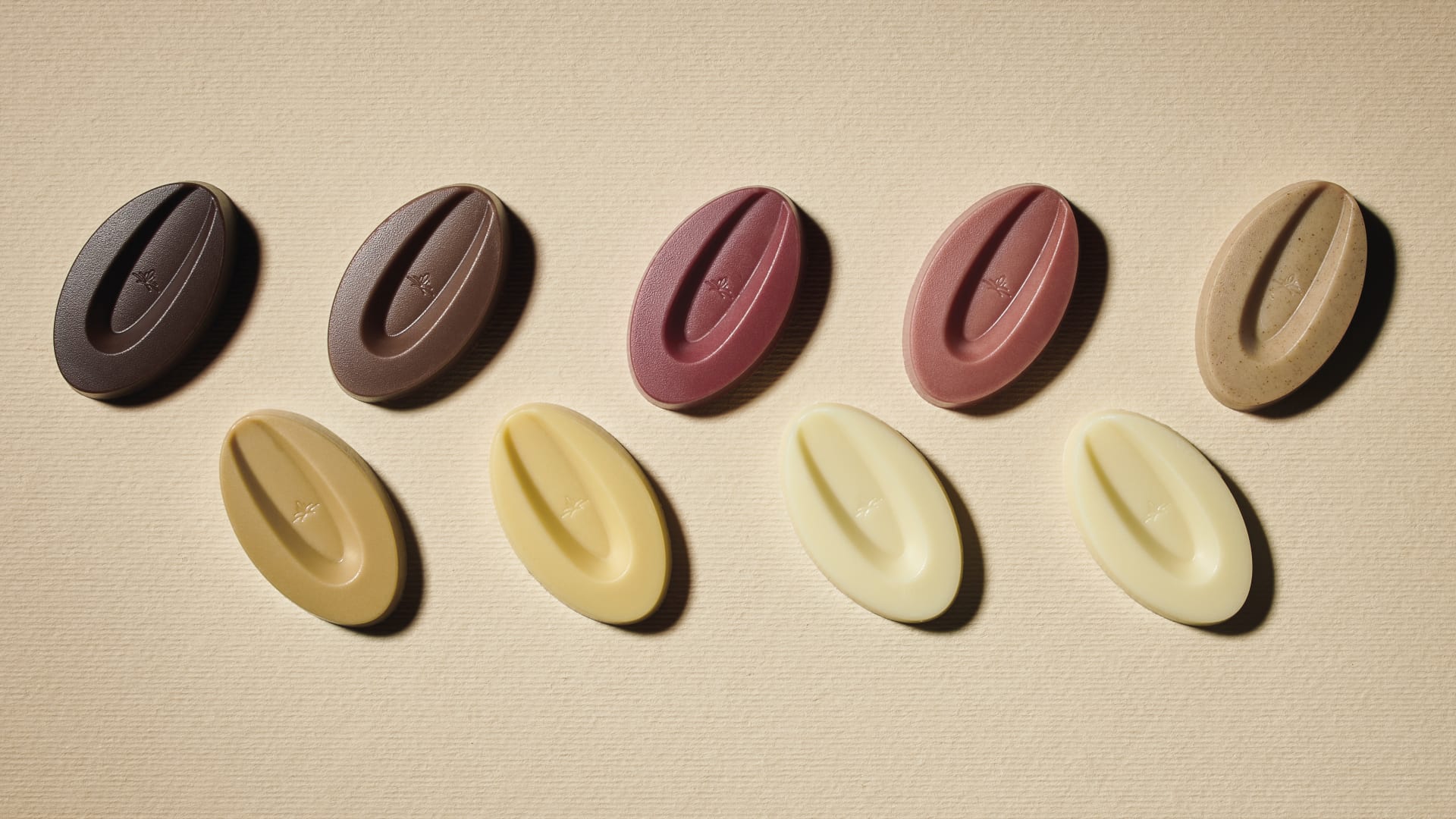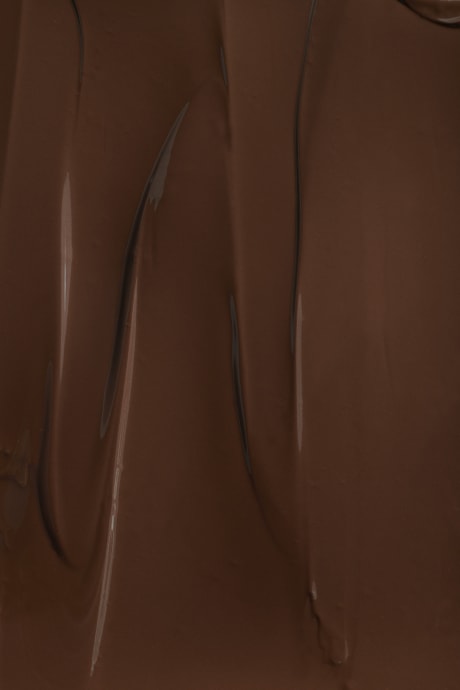You are using an outdated browser. Please upgrade your browser to improve your experience and security.
Couverture chocolate
Contents :
- What’s the difference between cooking chocolate and couverture chocolate?
- Couverture chocolate: rich in fats
- A highly variable cocoa content
- Couverture chocolate recipes
Couverture chocolate is a quality chocolate used by professional chocolatiers and pastry chefs. “Couverture” is French for “covering”, and it owes this name to one of its applications, coating chocolate bonbons and all kinds of desserts. Like classic cooking chocolate, it comes in dark and milk varieties. It often comes in the form of drops, but it is also available as a bar or slab. Find out what makes it special and why you should use it in your chocolate creations.
What’s the difference between cooking chocolate and couverture chocolate?
Before we compare couverture chocolate with traditional cooking chocolate, we should remember that the former is described in law by the European Union. This means couverture chocolate’s composition must meet specific criteria if it’s to be sold. These criteria are given in Directive 2000/36/EC on cocoa and chocolate products.
The name “couverture chocolate”
By way of comparison, the word “chocolate” can only be used when a “product obtained from cocoa products and sugars” is at least 35% cocoa solids, including at least 18% cocoa butter and at least 14% fat-free cocoa solids.
The minimum total cocoa solids is the same for couverture chocolate, but it has to have at least 31% cocoa butter and 2.5% fat-free cocoa solids. The difference is important because cocoa butter gives the couverture chocolate its shine and fluidity.

Couverture chocolate: rich in fats
Couverture chocolate is richer in cocoa butter. This has several advantages in pastry- and chocolate-making, as a chocolate that is richer in fat is more suitable for certain uses:
- As it’s more fluid, couverture chocolate is easier to use in pastries, chocolate, confectionery and ice cream.
- It melts more easily and is better suited to tempering and the applications for which this is necessary, such as molding (for chocolate eggs and other molded shapes, bars and so on) and coating.
- It’s glossier, so it looks best on chocolate bonbons’ outer surface, but also in glazes for gateaux.
- It is also a great choice for mousses, crémeux, ganaches, ice creams, sorbets and so on.
Cocoa butter is the only fat used in Valrhona’s couverture chocolates, although Directive 20/36/EC allows other vegetable fats to be added, so long as they make up no more than 5% of the product’s weight.

A highly variable cocoa content
There are many chocolates whose cocoa content varies widely, as illustrated by Valrhona’s extensive range of couverture chocolates for professionals. Its products range from the most indulgent milk chocolate to the extra-powerful dark chocolate. Out of more than twenty products with cocoa contents ranging from 33% to 85%, we might mention:
- Single origin Madagascan Tanariva 33%, a milk chocolate with caramel notes
- Amatika 46%, a plant-based milk chocolate that is Valrhona’s first vegan grand cru
- Caraque 56%, an iconic dark chocolate combining nutty notes with spices
- Guanaja 70%, with balanced toasted and bitter notes
- Millot 74%, the first “single plantation origin” organic couverture chocolate
- Komuntu 80%, Valrhona’s 100th-anniversary couverture chocolate
Each chocolate can be enjoyed as it is or used to make delicious and varied chocolate creations. However, each has its own specific characteristics and is particularly recommended for certain applications. For example, Ghanaian single origin Nyangbo 68% and Guanaja 70% are particularly suitable for ice creams and sorbets. Bahibé 46% is recommended for mousses and Peruvian single origin Andoa Noire 70% for bars.
Other criteria for classifying chocolate
Valrhona’s couverture chocolates can be classified by type, origin or specific composition. There is a distinction between cuvées and grand cru chocolates, indulgent chocolates, labeled and specific products, and the professional Signature range.
Grand cru chocolates are “single origin” couvertures whose cocoa comes from just one country (or even a single plantation), while “blended” couvertures are a marriage of cocoas from various origins.
Couverture chocolate recipes
To showcase Valrhona’s couverture chocolates, pastry chefs have developed several recipes that can be reproduced in your home kitchen or professional kitchen laboratory. Explore them to spark your imagination.
Read the recipe for the Sambirano dessert.
See the recipe for the milk chocolate, coconut and passion fruit mousse.